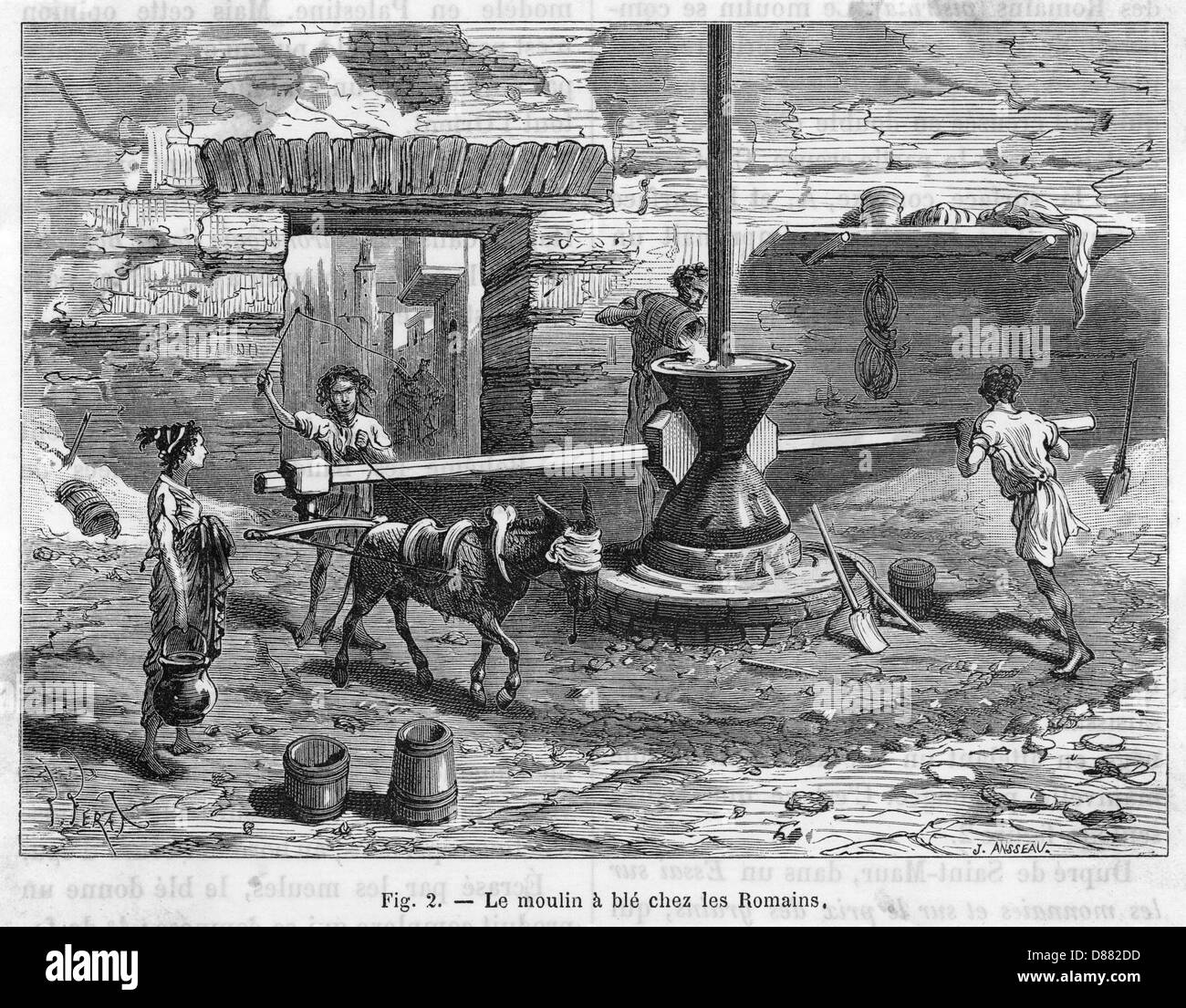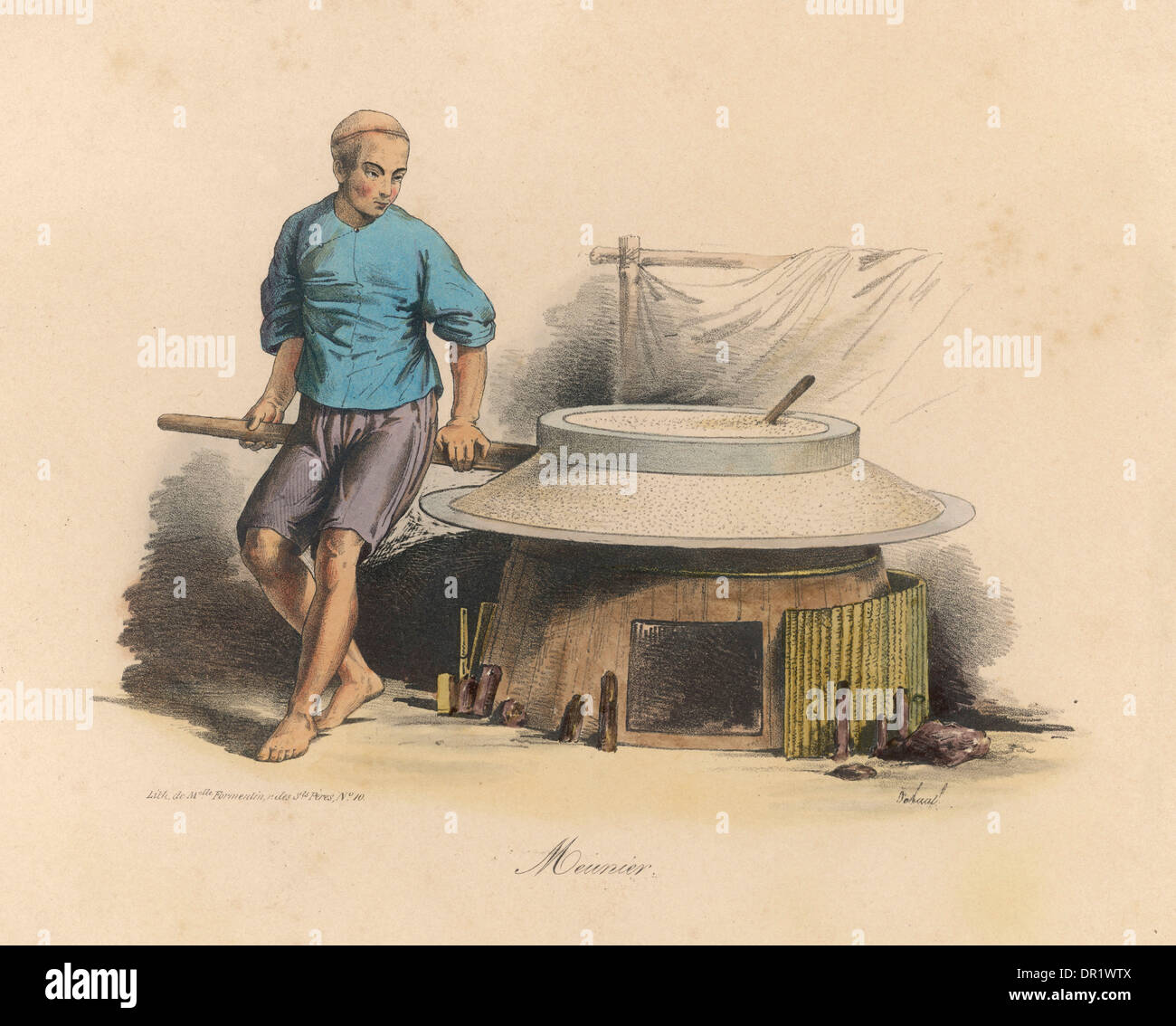



Geological Survey of Norway (with contributions by Gurli B. Project Millstone – The Norwegian Millstone Landscape. Anderson (2014): Collection Report: Rotary Querns in the Museum of Archaeology, University of Stavanger. Together with Timothy Anderson, Åsa has written a key report on the early rotary querns in Norway: Thanks to Åsa Dahlin Hauken of the Archaeological Museum in Stavanger, who were so kind to show me the exciting quernstone magazines at the museum a few days ago. Thus, it took about a thousand years until the Roman water powered mill made its entry up north. The standardised rotary hand quern is the forerunner of millstones in Norway much larger stones that were driven by water power from, it is assumed, the early medieval period (1000-1100 AD). Archaeological Museum, University of Stavanger, inventory no. Both the upper and lower stones are rather slim, diameter 46-47 cm. Pair of a rotary hand quern made from mica-rich gneiss found at Sørbø, c. Such rotary querns would have been stationary, half-buried in the ground, near the fire-place in the long-house, with hard clay or cloth or leather placed around to collect the flour as it came out from the periphery of the quern. They are quite large, with the lower stone split from erratic granite boulders found locally. Several of the earliest specimens in the Stavanger Museum look rather clumsy. It is, simply, much easier to operate a rotary quern than a saddle quern. The reason is obvious: A rotary quern is more efficient than a saddle quern: people could grind more grain over a certain period of time than before. It is the story of a quern gradually replacing traditional saddle querns – and a variety of intermediate querns. But the quern has a long story, starting in the Mediterranean region by 500 BC or beyond. The hand-driven rotary quern was a key implement of the Roman world – and with the Roman legions. Found at Obrestad, dating to the Late Roman Iron Age (300-500 AD), diameter 56.5 cm. Split granite boulder used as a lower stone for a rotary hand quern. Thus, people were confronted with items that the Romans brought up north during their expansions toward Scotland and the Netherlands. And with good winds, the travelling time to the British Isles or Denmark would have been a couple of days in the olden days. It is probably not just by chance that the Stavanger Museum holds such a large amount of querns from the Roman period onward: Stavanger and Rogaland county are at the south-westernmost tip of Norway, comprising excellent farmland. 200 AD, found at the Forsandmoen farmstead. The oldest fragment of such a quern in the Stavanger magazines dates to c. Thanks to Åsa Dahlin Hauken and Timothy Anderson – and the research conducted within the Millstone project, we now know that the rotary quern first turned up in Norway already in the Early Roman Iron Age that is in the first two centuries AD. The finest querns are on display in the museum, and together with the magazine objects they particularly show the early development of the rotary hand quern in Norway: From 1800 year-old, very diverse specimens to the standardised, transportable rotary quern that we know so well from the Viking Age and later, and which became an important commercial trade good. Dating from the Neolithic to the Middle Ages, they show the development from saddle querns to standardised rotary hand querns. The basement of the Archaeological Museum at Stavanger University holds the largest collection of grinding stones and querns found at archaeological excavations in Norway. On display at Archaeological Museum, University of Stavanger, item no. Who did it: A woman, of course! When: Sometime way back when, in the Neolithic, perhaps in the Bronze Age. But it may have taken thousands of hours of hard grain-grinding work to get to this form. My favourite saddle quern: Long, slim, beautifully curved, well-used: A true masterpiece.


 0 kommentar(er)
0 kommentar(er)
